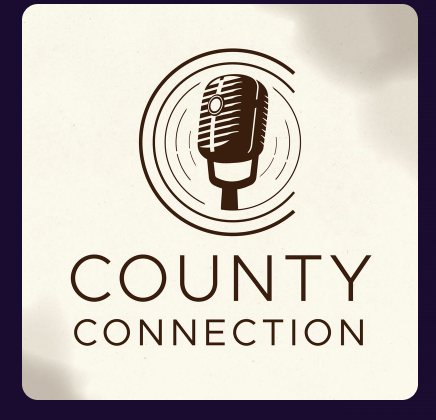With one natural disaster after another, this year has tested communities across the country. From wildfires out west to flooding in the midwest and hurricanes in the southeast, the level and intensity of these disasters have put strains on us all.
The ability to cope with such disasters is as serious as the aftermath of cleaning up and moving on. For public entities and higher Ed institutions, being a leader in dealing with and bringing back normalcy is paramount. But doing so poses many challenges.

After any momentous emergency, the challenges are staggering. Local organizations strive to partner with state and federal agencies to provide relief and support. The altruistic efforts quickly become financially draining as the paperwork mounts up, quick reimbursements for claims and expenses get bogged down in a bureaucratic morass—and then the finger pointing starts.
Being ready for “just-in-case” emergencies and natural disasters is essential when it comes to financial preparedness, especially when you are not pressed to do so.
Here are five steps a public entity and higher Ed institution can take to be financially prepared in case of an unexpected disaster:
1.) In preparing a monthly, quarterly, and annual cashflow statement, set aside funds for a “just-in-case” scenarios, those least expected circumstances. Prepare a liquidity plan for when—and how—to get your hands on cash in a hurry.
2.) Build a cushion into your budget that will continue to grow each year. While these funds increase in value, invest the cash with a time horizon around the season of the year when a potential disaster is most likely to occur in your region.
3.) Prepare a plan with your financial institutions and share it with them early on. Your entity needs to have easy access to cash and be able to borrow if the need is greater than expected. These sudden needs could be for emergency services, overtime payroll, vendor payments for supplies, temporary housing, cash for incidentals, etc.
4.) Keep your cash working and plan accordingly. All too often, cash is left on the sidelines for “just-in-case” circumstances, sitting there and earning nothing. Such a lost opportunity will mean less money that can be built up as your emergency backup.
5.) If no emergency occurs, great. But don’t let your guard down. As you see the level of cash you’d set aside build, it’s tempting to use it for other purposes. Bad idea. Your “just-in-case” money should remain sacred and earmarked strictly for emergency purposes.
At threeplusone, we can help your entity be better prepared for natural and human-caused disasters. Our liquidity analyses and modeling algorithms factor in the stress level a public entity or higher Ed institution can withstand. Our systems foresee unexpected cash needs and strains and can prepare entities to handle them well in advance.
The time to plan in making money available for a state of emergency is not during the emergency, but well ahead of it. Take a proactive approach and you’ll eliminate the fear of not having enough available cash and be able to calmly handle any state of disruption.


